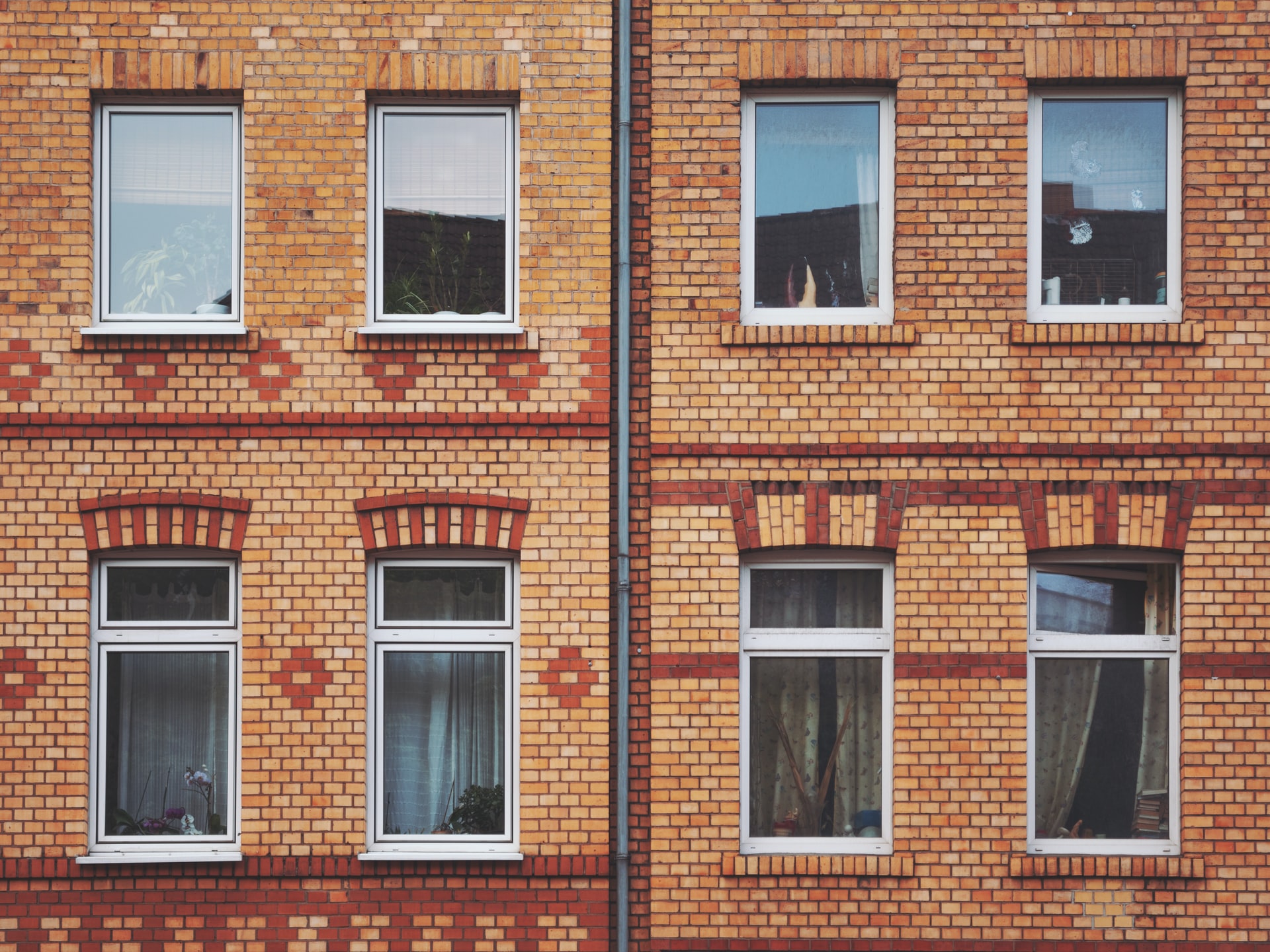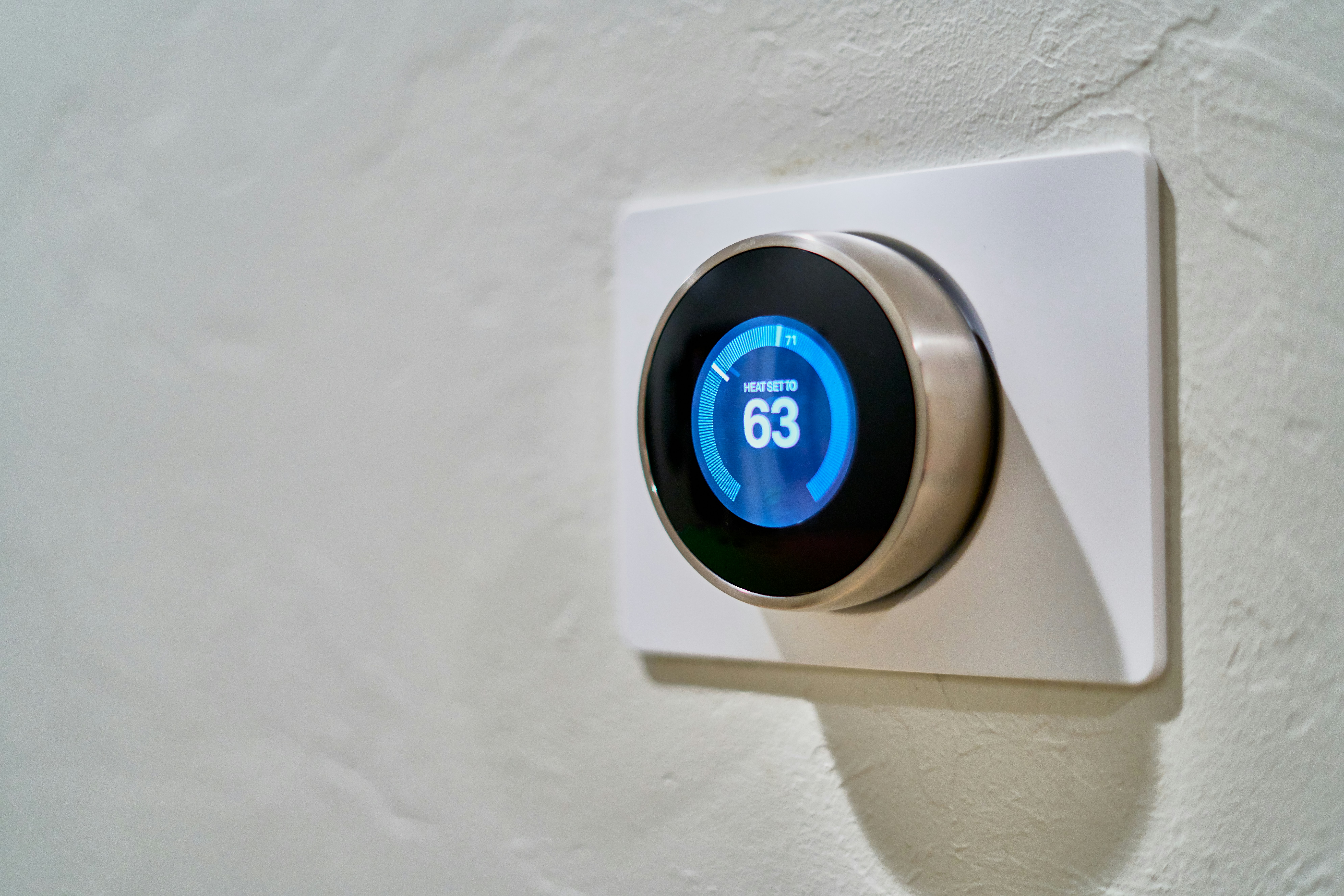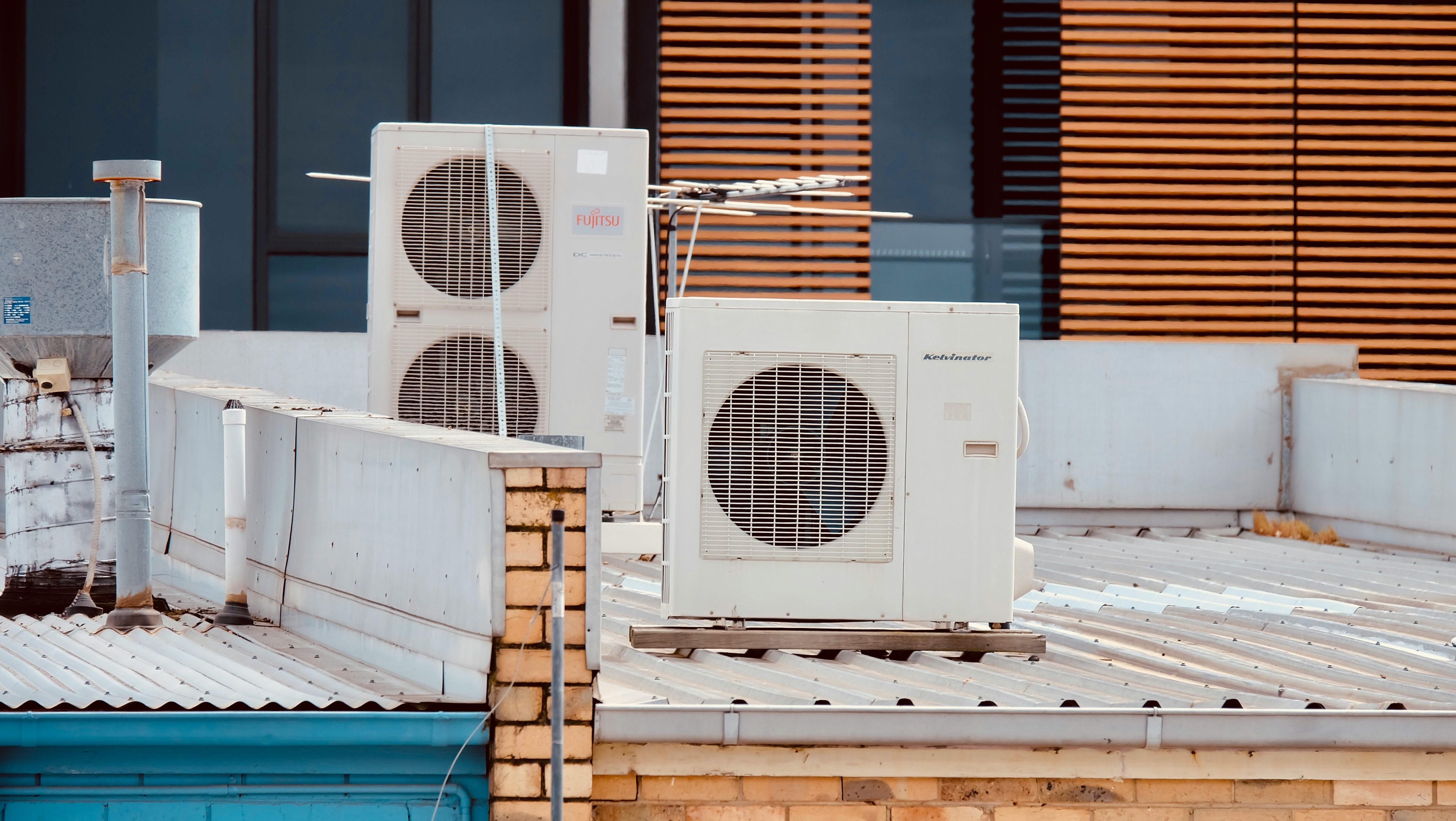
Have you ever opened up an energy bill after the first month of summer or winter passes and find yourself shocked at how much you owe? You aren’t alone; as energy efficiency becomes more prevalent in the HVAC industry, more homeowners realize the advantages of taking simple steps to lower their energy costs.
Investing in creating an energy-efficient home probably isn’t as complicated or expensive as you think, and there’s a lot you can do to reduce your energy consumption without breaking the bank. Whether you’re a new homeowner or have just moved into a new home that needs some upgrades, you might not have a checklist ready for the best ways to save on your utilities. Read on to learn about some easy ways to lower your energy bills and create an energy-efficient household.
1. Get a smart thermostat.

One of the latest and most innovative energy efficiency trends is various smart home devices, including smart thermostats. There are many ductless options for HVAC systems, which use indoor and outdoor units to adjust certain areas’ temperature in your home. These energy-efficient systems are simple to install and offer an affordable solution for heating and cooling. With a quiet operation in both single-zone and multi-zone systems, you can control the temperature in one or multiple rooms depending on the system used.
Using a system like this allows you to be specific about how much energy you use to regulate your house’s temperature. It allows you only to heat or cool the rooms you’re using or plan to use, rather than spending money to heat the entire house when you’re about to go to bed and want to keep your room toasty.
2. Keep your HVAC system running at peak efficiency.

Having a high-quality HVAC system is necessary for homeowners who wish to regulate temperature efficiently, especially in a larger home. Still, some HVAC systems are much better than others. If you want to ensure low energy bills and clean, healthy air, you need to keep up with HVAC maintenance and be proactive if you start to notice any signs of disrepair. Experts recommend an inspection and a filter change at least once yearly, and it’s never a bad idea to get a check-up before a projected harsh winter or intense summer. Without necessary maintenance, your HVAC system’s lifespan will decrease, and it won’t run at peak efficiency. If your HVAC system is old, consider a replacement, the lifespan of the average system is about 10 years.
3. Install window treatments.

This is one of the easiest and most affordable options to increase the energy efficiency of your home. You would be surprised how much your utility bills will decrease with the simple addition of blinds, shades, and films on your windows. Having energy-efficient windows helps, of course, but if you aren’t in the market for buying new windows for your home, this is a great alternative in the meantime. According to Energy Saver, about one-third of a dwelling’s heat is lost through its windows. In the winter, about three-quarters of sunlight that comes through windows enters¬†to become heat.
4. Use timers.

Installing a smart HVAC system has many benefits, but a major plus of a more modern system is that it allows for the use of automation and timers. Timers allow you to turn off your heat or air conditioning automatically, even when you’re not home or asleep. This allows you to reduce excess energy usage and only use the amount of energy you actually need, which is reflected in lower energy bills. If you like coming home to a cool house or need a little extra heat in the middle of the night, using timers is a great way to make sure your home is comfortable without wasting too much money or massively inflating your energy consumption.
It can be overwhelming to keep track of all these things, which is why you should have a home checklist when evaluating your energy habits. What types of appliances you buy, how well you keep up with home maintenance, and how you use interior design elements like curtains to regulate the temperature indoors will all affect your energy consumption each month. Now, using smart technology, it’s easier than ever to avoid excess usage and avoid paying for unnecessary heating and cooling. With a few small adjustments, you’ll be well on your way to energy savings.
